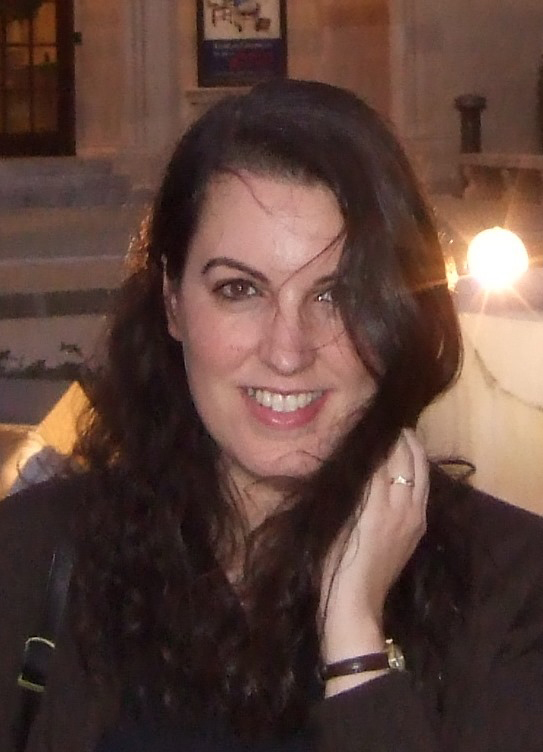A scholar of Italian Renaissance and Baroque art, Lisa Bourla recently completed her Ph.D. in the history of art at the University of Pennsylvania. Her dissertation characterized pictorial naturalism in Florence circa 1600 by examining the shift in theory, training, and practice in the artistic circle of Lodovico Cigoli, demonstrating that it was one of the most progressive in Italy of the time. Focusing specifically on anatomy, color, and perspective, the dissertation challenged the standard historiography of a key transitional moment in Italian art, when historic revolutions changed not only art but also science. Prior to coming to art history, Lisa obtained B.Sc. and M.Sc. degrees in the biological sciences, training that contributed to her interest in the intersections between art and science in the early modern period. Lisa has presented her research at various venues, including the Henry Moore Institute in Leeds, England, the Frick Collection in N.Y., and the annual conferences of the Renaissance Society of America and the College Art Association. Her work has been supported by several awards and grants, among them a Fulbright Fellowship at the Kunsthistorisches Institut in Florence (Max-Planck Institut).
Lisa Bourla
Associate Scholar
2014—2015 Forum on Color
Lisa Bourla
Lecturer, History of Art
The College of Liberal and Professional Studies, Penn
Scientific Illustration in Color at the Turn of the Florentine Seicento
At the turn of the Florentine Seicento, color served to radically transform both artistic draftsmanship and scientific illustration, aligning the two endeavors as never before. In contrast to prevailing practices, a progressive artistic circle, led by Lodovico Cigoli, subsumed color into its draftsmanship in an unprecedented burst of experimentation. This project will focus on scientific watercolors by these artists, who treated color no longer as an accidental property of natural phenomena, but as an inherent one with the power to define and classify, whether in relation to the taxonomy of living organisms or in the context of astronomical observation. My research will include Jacopo Ligozzi’s fauna and flora illustrations and Cigoli’s sunspot drawing for his friend Galileo Gallilei, as well as the latter’s own tinted wash drawings, seen against the backdrop of the contemporary Florentine color-centric revolution in drawing.



